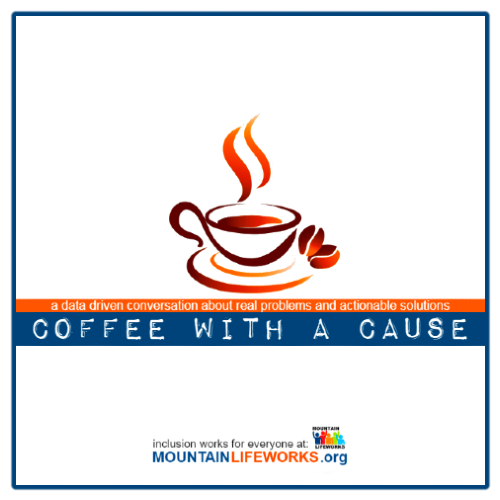
JULY 2023 independence for all
Just as there are months dedicated to Women's
History, LGBTQ+ pride, Black history, AAPI heritage… there is a
month dedicated to celebrating and advocating for the rights of
disabled people. July is Disability Pride Month
inline with the anniversary of The Americans
with Disabilities Act passed
Similar to how each stripe on the American Flag represents one of the original 13 colonies the 5 stripes on the disability pride flag represent 5 categories of disabilities. Red represents physical disabilities… Gold is for neurodiversity... White represents invisible disabilities and undiagnosed disabilities… Blue is for emotional and psychiatric disabilities, including mental illness, anxiety, and depression… and Green for sensory disabilities, including deafness, blindness, lack of smell, lack of taste and others. The black background represents the ongoing fight against suicide, eugenics and neglect.
Disability Impacts All of Us Infographic | CDC
Disability Pride Flag Meaning - Disability Pride Month
(womansday.com)
Top 10 Conditions That Qualify For Disability (disabilitybenefitscenter.org)

Coffee with a Cause july 2023
Data is a tool used to identify needs, target solutions and measure results. Let us share some critical data driving our development of actionable solutions.
+ CDC data shows
23% or 1,015,417 adults in
+ statewide increase in disability population of 163,821 from prior reported 851,596
+ Disability Healthcare is 35% of total
healthcare spending in
+ average of $15,935 per person with a disability
+ Cognition is the leading category of
Disability in the
+ Cognition includes Alzheimer's, Autism, dementia & an array of mental health conditions
+ 44% of CO disabled adults experience depression versus 15% of the non-disabled
+7% of CO adults with a disability have heart disease versus 3% of the non-disabled
+ the poverty rate among working age adults with a disability is 25% versus 9.3% without
+ Adults with a disabilities report mental distress almost 5X more than those without
Disability & Health U.S. State Profile Data: Colorado | CDC
Frequent Mental Distress Among Adults with Disabilities: An Easy-Read Summary | CDC

Coffee with a Cause july 2023
Including people with disabilities in everyday activities and in roles similar to their peers who do not have a disability is disability inclusion. This involves more than talking about inclusion; it requires adequate policies and practices are in effect in a community or organization. Inclusion should lead to full and equal expected life roles and activities such as being a student, employee, entrepreneur, friend, patient, spouse, partner, parent and community member.
Urban-Rural Gaps
+ Rural disability rate is 18.1% & has the highest enrollments in government healthcare
+ Microopolitan* disability rate is 15.9% & has the next highest government healthcare+ Urban disability rates are 12.1% & have the highest rate of private insurance enrollment
+ Housing shortages & cost of living hurt recruiting & retention of needed professionals
+ The largest employers offer more seasonal jobs not meaningful year-round employment
+ Rural areas experience DOUBLE the suicide rates of urban areas
*
NOTE: Most resort counties are Microopolitan & get their workforce
from adjacent rural counties
Disability inclusion means understanding the relationship between the way people function and how they participate in society, and making sure everybody has the same opportunities to participate in every aspect of life to the best of their abilities and desires. Inclusion means engaging in any and all activities, from using public resources such as transportation and libraries, moving about within communities... to receiving adequate health care, having relationships, and enjoying other day-to-day activities as a member of their local community and Americans.
Disability
Employment Data
+ SBA reports 2 out of 3 jobs created are generated by small businesses
+ SBA data shows 8 out of 10 small businesses have no employees (self-employment models)
+ average disability unemployment rate is more than double non-disabled rates
+ average disability unemployment rate discounts disparities based on the category of disability
+ about 50% of twenty-five-year-olds with ASD have never held a paying job
+ over 80% of those with neurodiversity are under or unemployed
+ Of nearly 18,000 people with autism who used state-funded vocational rehabilitation programs only 60% left the program with a job.
+ Of these, 80% worked part-time at a median weekly rate of $160, putting them well below the poverty level.
ODEP | U.S. Department of Labor (dol.gov)
Colorado Small Business Economic Profile (sba.gov)
Remember a balanced approach uses verified data to identify problems and to propose actionable solutions. Only those willing to have difficult conversations can solve difficult problems. The first step to solving any problem is accepting the data indicating a problem... not blaming the messenger or method of delivery.
So join us for Coffee with a Cause and let's keep the conversation going each month with more data and actionable real life solutions!